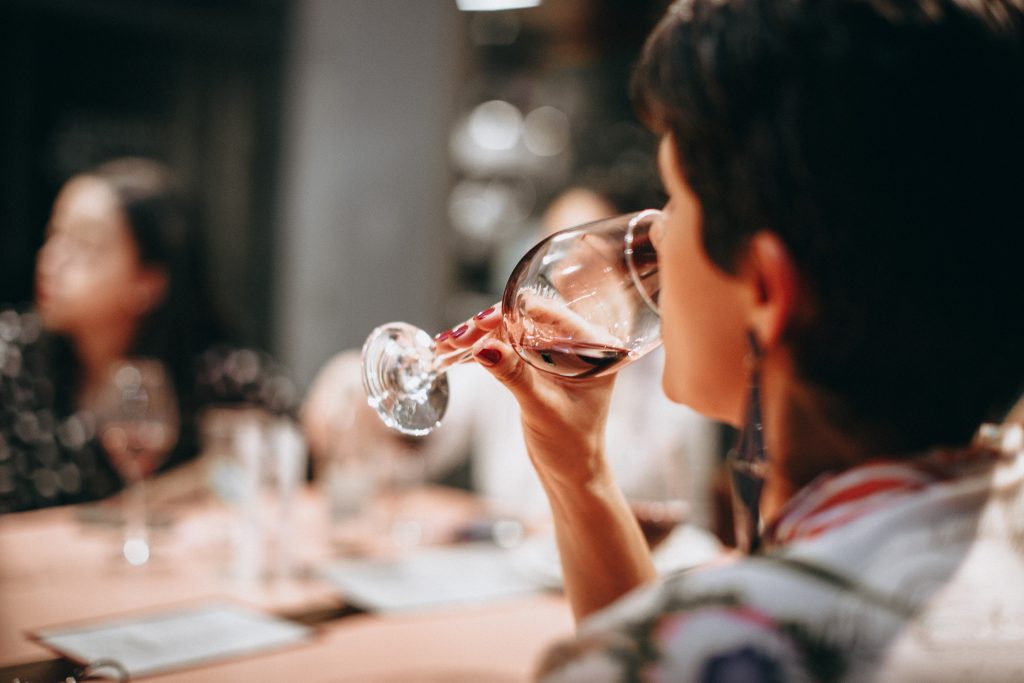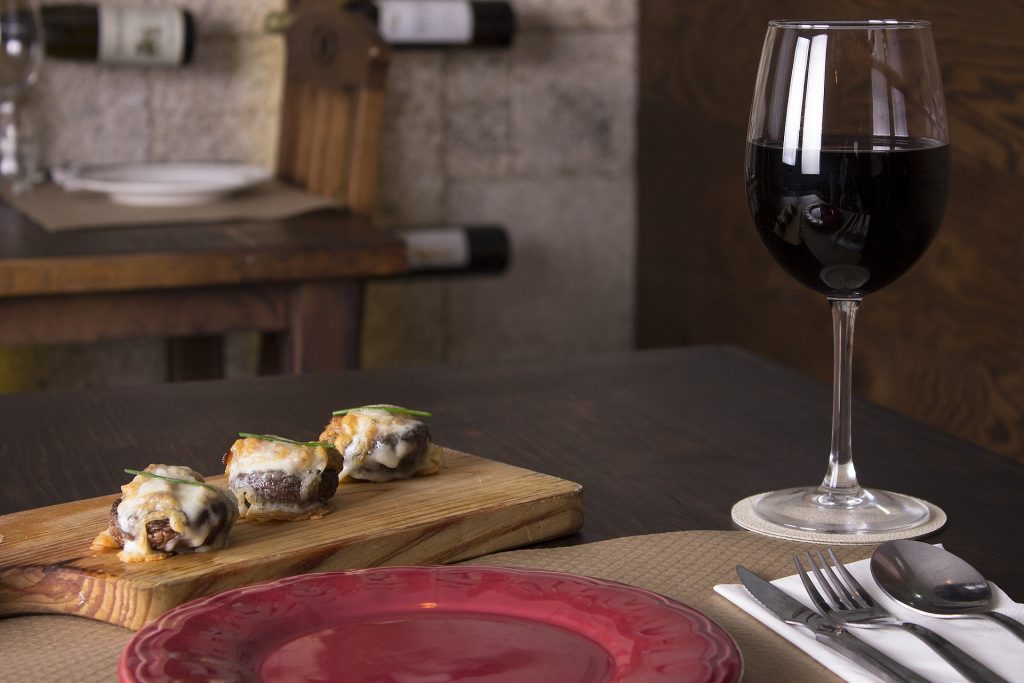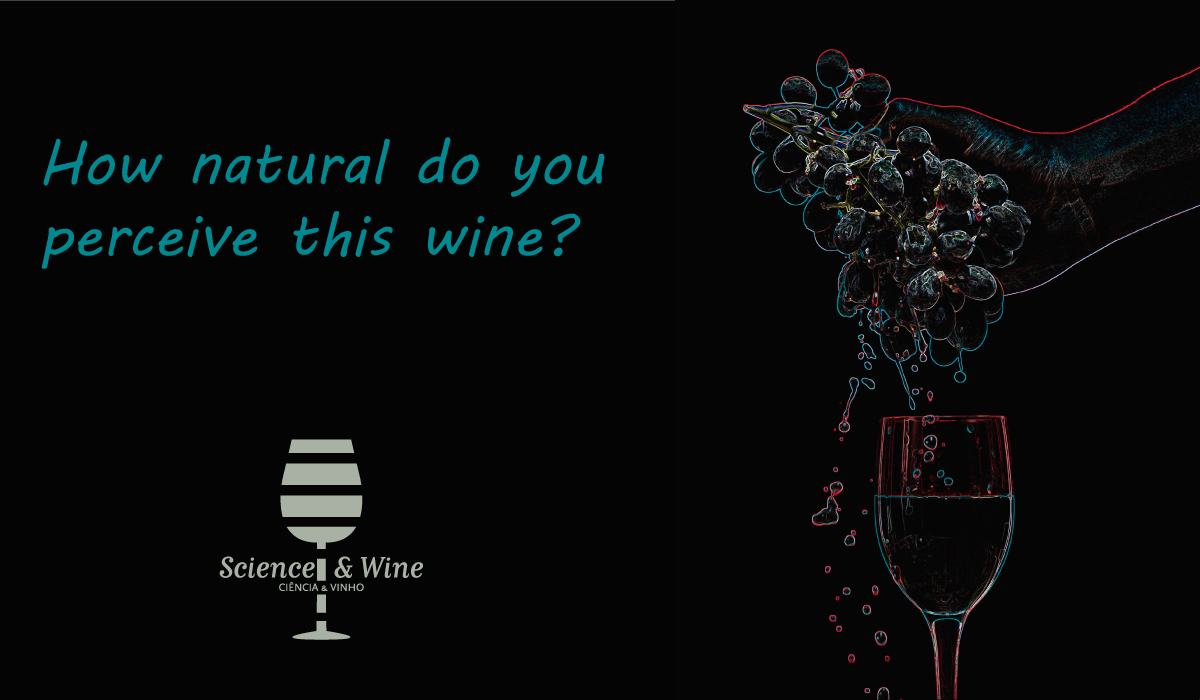By Cornelia Staub
The naturalness trend
Dining out in one of Zurich’s hip new restaurants, I found in the wine list what I normally found on the menu and indicate a vegetarian dish: a little green leaf. The legend explained that these wines are natural wines. What long could be observed in the food sector is becoming a thing in the wine sector too, and often leads to emotional discussions among consumers, producers, and other actors in this field. To this day, there is no one definition of what natural is. Neither for food, nor for wine. Research in the field of food and consumer behavior brings to mind that what counts at the end is not necessarily what could be considered as reasonable or justifiable but what consumers perceive, whether that may be understandable, or not. Is a cookie more natural just because the packaging is green? Of course not, but it’s highly likely consumers will perceive it that way.

To add to the research about naturalness and the discussions of what winemakers should be allowed or not allowed to do to call their wines natural1, we conducted a study to find out, what do consumers think: when is wine natural and when is it not. More specifically, how and where can a wine be produced and packaged in order to be perceived as particularly natural?
1Note, that a ‘common’ interpretation of natural is a wine from organic or biodynamic farming with as few manipulations as possible including spontaneous fermentation instead of adding lab-produced yeast-strains.
What we did
In our study we compared Swiss and Australian consumers using an online survey. We found that naturalness is strongly linked to tradition. Traditional practices such as aging in oak barrels or the use of an oak cork for ceiling were regarded as the most natural practices. Also, the origin seems to be important. Wine from an Old-World producing country were perceived much more natural than wines from the New World, even by Australian participants. Less surprising, since similar results were found for food, organically produced wine was perceived to be more natural than wines from conventional farming. Moreover, it was found that consumers seem to make a difference in the degree of processing that a wine undergoes. A simple practice such as aging in an oak barrel or steel tank is perceived to be much more natural than processes that induce a physical change in the product such as a filtering, and even more natural than processes that induce a chemical manipulation of the wine such as enzymes or the addition of acids.
Interestingly, it was the practices that are prevalent in winemaking that are perceived as being the least natural such as the addition of sulfites, sugar or acids, or clearing agents like charcoal or gelatin.

What’s next
Our findings are not a claim for defining when a wine is allowed to be called natural and when it is not. However, the results show that consumers’ perceptions about whether what they consume is natural or not may not meet the established practices in winemaking. Therefore, a new approach towards how to produce a wine forgoing the use of chemicals and many potentially quality enhancing machines and techniques may be justified.
Many traditional wine drinkers disregard the oftentimes young winemakers of their self-proclaimed natural wines. However, one may keep in mind that it needs a determined enthusiast and a good amount of risk friendliness to produce what they consider a natural wine. Because whether it’s natural or not, what consumers won’t compromise on, is the taste. Consumers’ worries about a product’s naturalness may not always be understandable, not always reasonable, but should certainly not be neglected. Because last but not least it’s them who take the decision buy or not to buy.
See more about this studu at: https://doi.org/10.1016/j.foodqual.2019.103752

Cornelia Staub holds a Master in Agronomy from ETH Zürich (2018) and is currently doing a PhD in the Group of Consumer Behavior at ETH Zürich. In between and besides her studies, she worked for companies in different fields of food and agricultural products both in Switzerland an abroad, such as in dairy trading (China, Thailand), large-scale vegetable production and trading, aquaponics (France), and more recently in the wine sector, both in production and trading. In her research she focuses on the perception of wine by consumers and the influence on their purchasing behavior. Her particular interest lies in the influence of wine knowledge on perception and behavior, as well as cross-country comparisons. Besides her work as a researcher, she is engaged in consulting of a wine start-up.

